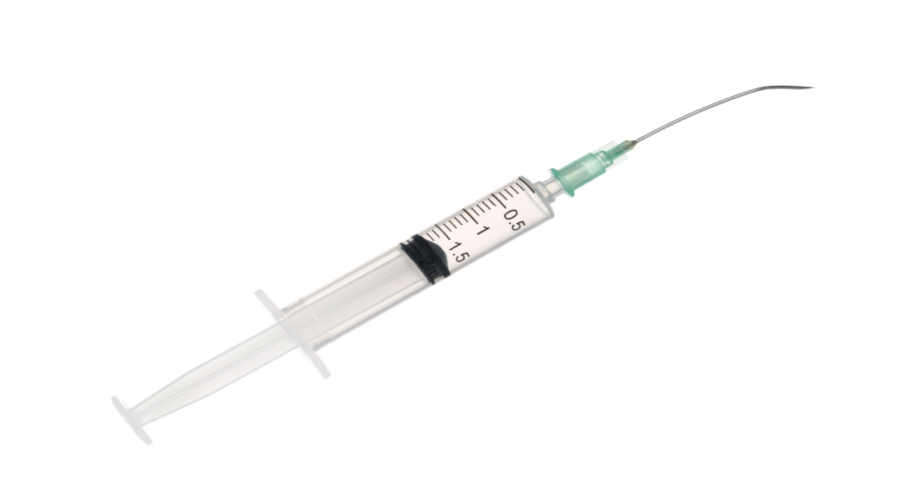Inside: If your pharmacy is a part of a PSAO, you should know about network aggregate reimbursement guarantees. Learn what they are, how they affect your pharmacy’s bottom line, and how a good PSAO can get you a better PBM contract.
One factor you might not know about could shift the momentum of your pharmacy’s contracts with pharmacy benefits managers (PBMs).
Network aggregate reimbursement guarantees.
PBMs use these guarantees as a contracting tactic with pharmacy services administration organizations (PSAOs) and the pharmacies they serve. These tactics influence the network rates your pharmacy receives.
Network aggregate reimbursement guarantees
Network aggregate reimbursement means that the PBM will combine all prescription claims for the entire group of pharmacies enrolled in a PSAO.
At the end of the applicable time period, the PBM reconciles the prescription claims from every pharmacy in the PSAO together and measures the total reimbursement to the network aggregate reimbursement guarantee.
But with these guarantees, the PBM doesn’t have to reimburse individual pharmacies at its stated network rates.
“The PBM can reimburse the pharmacy at any rate it deems appropriate as long as overall reimbursement for all claims billed by all PSAO pharmacies for the entire year combined equal the rates stated in the contract,” said Melanie Maxwell, Senior Vice President, Pharmacy Services at Pharmacy Providers of Oklahoma Inc. (PPOk), an organization that negotiates third party contracts for independent pharmacies.
“This means that pharmacies enrolled in the same PSAO can have different reimbursement rates under the same network contract.”
How aggregation is used in the contract
How network aggregate reimbursement guarantees affect your pharmacy business depends on their use.
At best, “PSAOs can use network aggregate guarantees to protect pharmacies against overly aggressive reimbursement,” Maxwell said.
At worst, “Network aggregate reimbursement gives the PBM carte blanche to reimburse pharmacies at whatever rate the PBM deems necessary,” she said. “Pharmacies have no control over how or when a PBM will lower their reimbursement.”
In an ideal scenario, the aggregate rate would apply only to the generic portion of the contract, Maxwell said, to establish a maximum reimbursement discount. “It helps prevent overly aggressive MAC reimbursement and helps hold the PBM accountable for achieving a fairer, more reasonable compensation for generic products.”
However, most PBMs won’t agree to that. PBMs prefer a blanket aggregate reimbursement rate. That way they can divvy out reimbursements however they want as long as they reach that rate in the end.
“PBMs will balance out the more aggressive reimbursement with other claim payments under the same network to achieve the network aggregate guarantee in pharmacy contracts,” Maxwell said.
Keeping “aggregate” in check
At the very least, the contract terms should narrow the aggregate concept in some ways. “You have to make sure the contract language has specific protections and allowances to the aggregate guarantee,” Maxwell said.
For example, contracts should exclude certain drug classes from network aggregate rates. Instead, those drugs should be reimbursed at specific reimbursement rates.
Depending on your location
The benefits of network aggregate reimbursement guarantees also depend on circumstances outside the pharmacy’s control. The PBM’s hands are tied to its clients, insurers, and employers.
Those relationships with the PBM affect your pharmacy’s relationship with the PBM. And the effectiveness of your contract.
“If a pharmacy happens to be located in an area where the PBM’s utilization is tied to an aggressively priced insurance or employer price guarantee, the pharmacy will have no recourse to avoid the aggressive reimbursement. Nor will they have recourse to address claims that pay below acquisition cost,” Maxwell said.
“Conversely, if a pharmacy happens to be located in an area where the PBM reimbursement is not aggressive, the pharmacy will enjoy a higher profitability on the PBM’s business overall.”
The bottom line
PSAOs developed to help independent pharmacies interact with third-party payers. Find the right PSAO, one that will negotiate the best contract for your pharmacy, whether that includes aggregate guarantees or not.
“Pharmacies should examine a PSAO’s overall contracting strategy and its track record for holding PBMs accountable,” Maxwell said. “Find out if the PSAO routinely negotiates rates and contract terms or if it just signs what the PBM offers. The right PSAO is an important business advocate to have working on your behalf.”
What to Look For in a PBM Contract
Network aggregate reimbursement guarantees can work in your favor if you and your PSAO know what to look for in the contract language. Look for these specific protections and allowances.
Balancing Reimbursement Across the PSAO Network
Contracts should have specific language that defines how reimbursement adjustments upon reconciliation will affect individual pharmacies.
Drug Class/Drug Claim Type Exclusions
Contracts should exclude certain drug classes from network aggregate rates and guarantees and should have specified reimbursement rates.
Examples of drug classes and types include:
- Claims paid at the pharmacy’s usual & customary price
- Secondary payer claims
- Specialty drugs
- Workers’ compensation claims
MAC Appeal Allowances
Pharmacies should have the right to immediately appeal unfair reimbursement when they identify MAC reimbursement as too aggressive.
Maximum Reimbursement Allowance
Contracts should contain maximum average wholesale price (AWP) discounts and minimum dispense fees to establish the maximum reimbursement discount PBMs are allowed to pay on a specific claim. This will ultimately protect the pharmacy against a major loss on a specific claim.
Rural Pharmacy Exclusion
Claims billed by pharmacies located in rural communities should be exempt from network aggregate reconciliation.
Shorter Network Aggregate Reconciliation Periods
Annual reconciliation is too long of a time frame to evaluate reimbursement against guarantees. Instead, look for quarterly reconciliation, so PBMs don’t subject pharmacies to overly aggressive reimbursement for an entire year.
A Member-Owned Company Serving Independent Pharmacies
PBA Health is dedicated to helping independent pharmacies reach their full potential on the buy-side of their business. Founded and owned by pharmacists, PBA Health serves independent pharmacies with group purchasing services, wholesaler contract negotiations, proprietary purchasing tools, and more.
An HDA member, PBA Health operates its own NABP-accredited secondary wholesaler with more than 6,000 SKUs, including brands, generics, narcotics CII-CV, cold-storage products, and over-the-counter (OTC) products — offering the lowest prices in the secondary market.












